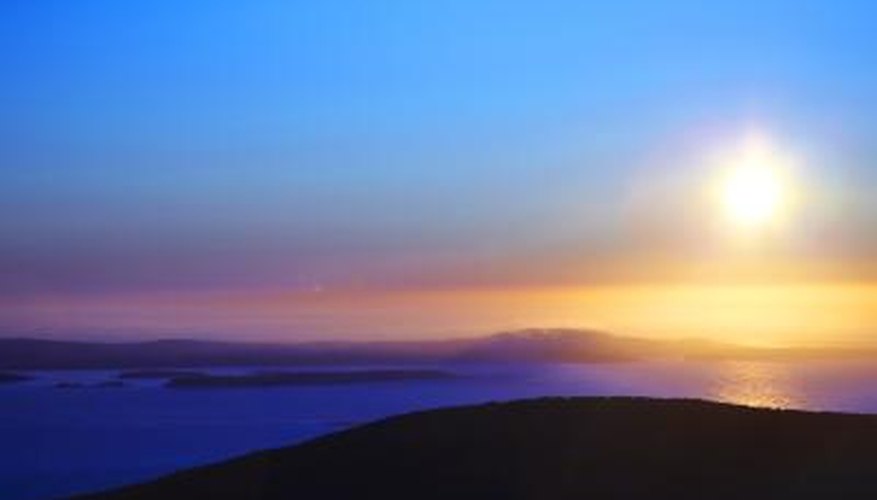Natural light has both advantages and disadvantages based upon how it is used. Natural light is obviously a free source but it's not available all day and even at its best it may not create as much illumination as artificial lighting sources.
Advantages
Natural light should be used to create emphasis on a particular subject or to illuminate an entire scene. Documentaries and nature photos rely heavily on natural light for specific, realistic moods and atmospheres that artificial light cannot duplicate. A bounce card, or a white piece of cardboard or foam, can reflect natural light onto specific areas of a subject.
Disadvantages
The main disadvantage of natural light is it gives the user less control over the lighting options. Too much natural light can leave unwanted glare or harsh shadows on the subject being photographed or filmed. Too little natural light will not give the subject enough illumination.
Solutions
When filming outdoors, wait for the sun to go behind a cloud or building. This will reduce glare. Placing a subject underneath a tree will reduce the amount of natural light that illuminates him. Cameras have built in devices, such as the iris button, that control lighting levels within the camera itself. If natural lighting is causing too much or too little illumination, switch to artificial lighting techniques.
- When filming outdoors, wait for the sun to go behind a cloud or building.
